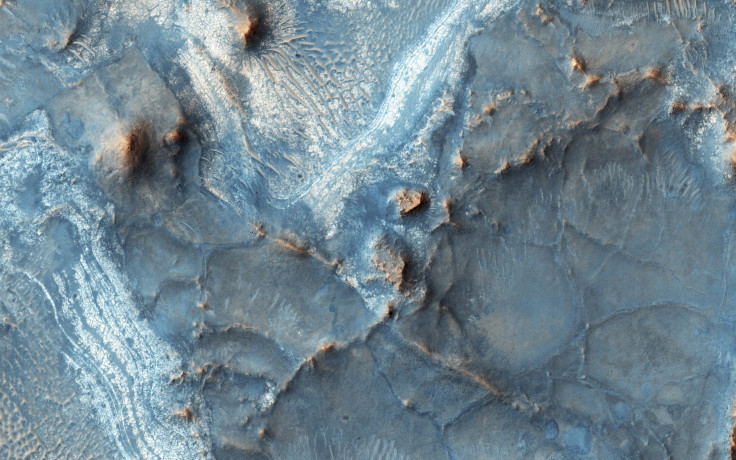Mars’ oxygen: NASA’s SOFIA discovers atomic oxygen on Mars for the first time in 40 years

Scientists are elated after NASA’s Stratospheric Observatory for Infrared Astronomy (SOFIA) detected atomic oxygen in Mars for the first time in 40 years. An instrument onboard the SOFIA detected the oxygen atoms in Mars’ mesosphere, upper layers of the Martian atmosphere. Atomic oxygen has significant impact on a planet’s atmosphere as it affects other gases escaping the red planet.
However, according to NASA, scientists detected only half the amount of oxygen expected, which may have been caused by variations in the Martian atmosphere. In order to understand the red planet’s atmosphere better, scientists will keep using SOFIA to study and analyse these variations. SOFIA soars on a plane 45,000 feet above Earth. The discovery of atomic oxygen is immensely exciting as Mars is considered human’s potential new home.
During the 1970s Mariner and Viking missions, atomic oxygen was detected in Martian atmosphere. However, this long gap was primarily because of Earth’s blue skies. According to Pamela Marcum, a SOFIA project scientist, it is extremely difficult to measure atomic oxygen in the Martian atmosphere.
“To observe the far-infrared wavelengths needed to detect atomic oxygen, researchers must be above the majority of Earth’s atmosphere and use highly sensitive instruments, in this case a spectrometer. SOFIA provides both capabilities,” Marcum added.
Primarily, SOFIA’s airborne location made it possible for scientists to study atomic oxygen in Mars. It soars above the infrared-blocking moisture in our planet’s atmosphere. SOFIA is a giant Boeing 747SP jetliner. It has a 100-inch diameter telescope attached to it. It soars above most of Earth’s atmosphere to provide a clear picture. The scientists will continue gauging other areas of Mars to ensure that the “lower than expected” atomic oxygen found was not a result of simple variations in atmosphere.
SOFIA is a joint project of NASA and German Aerospace Center.





















